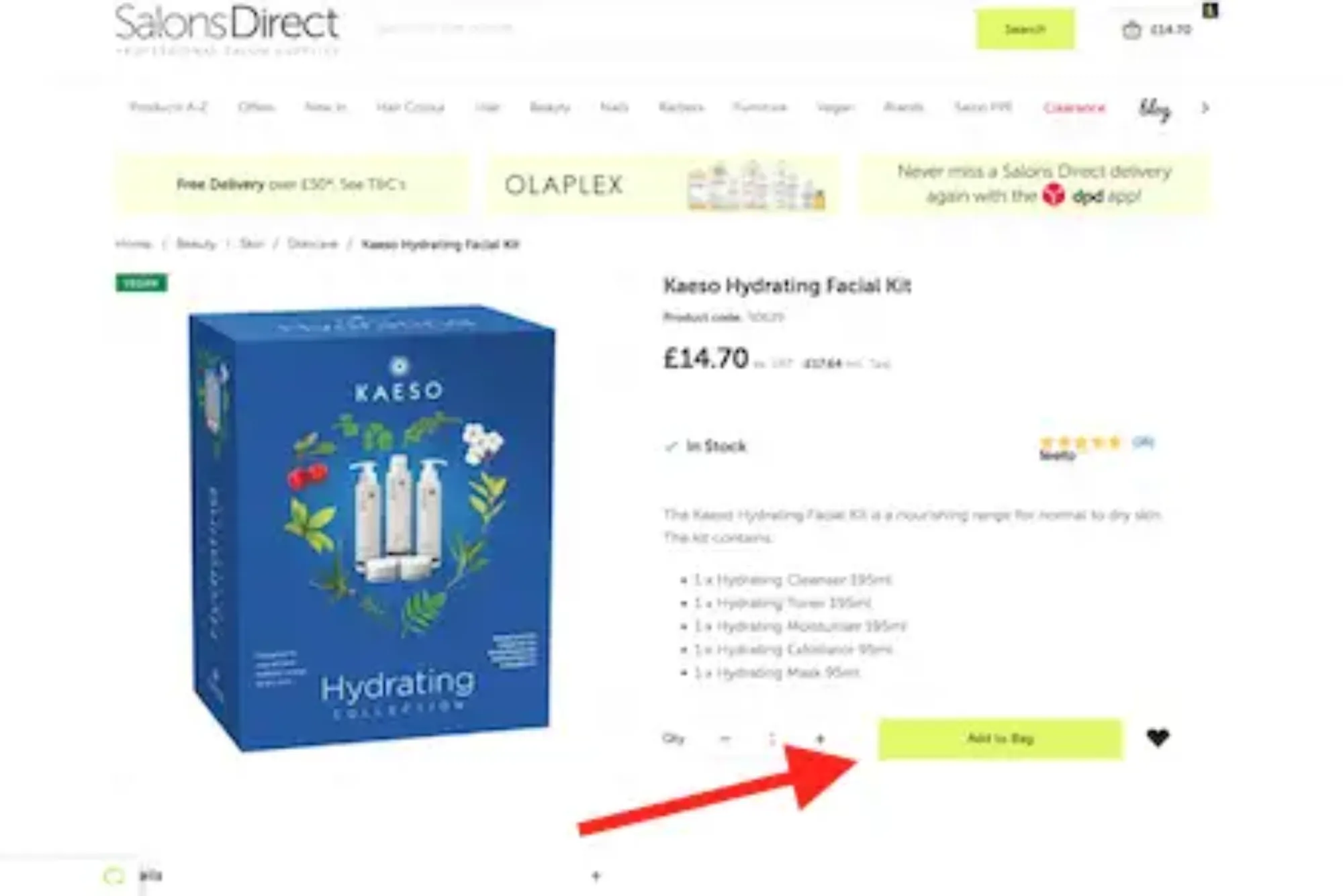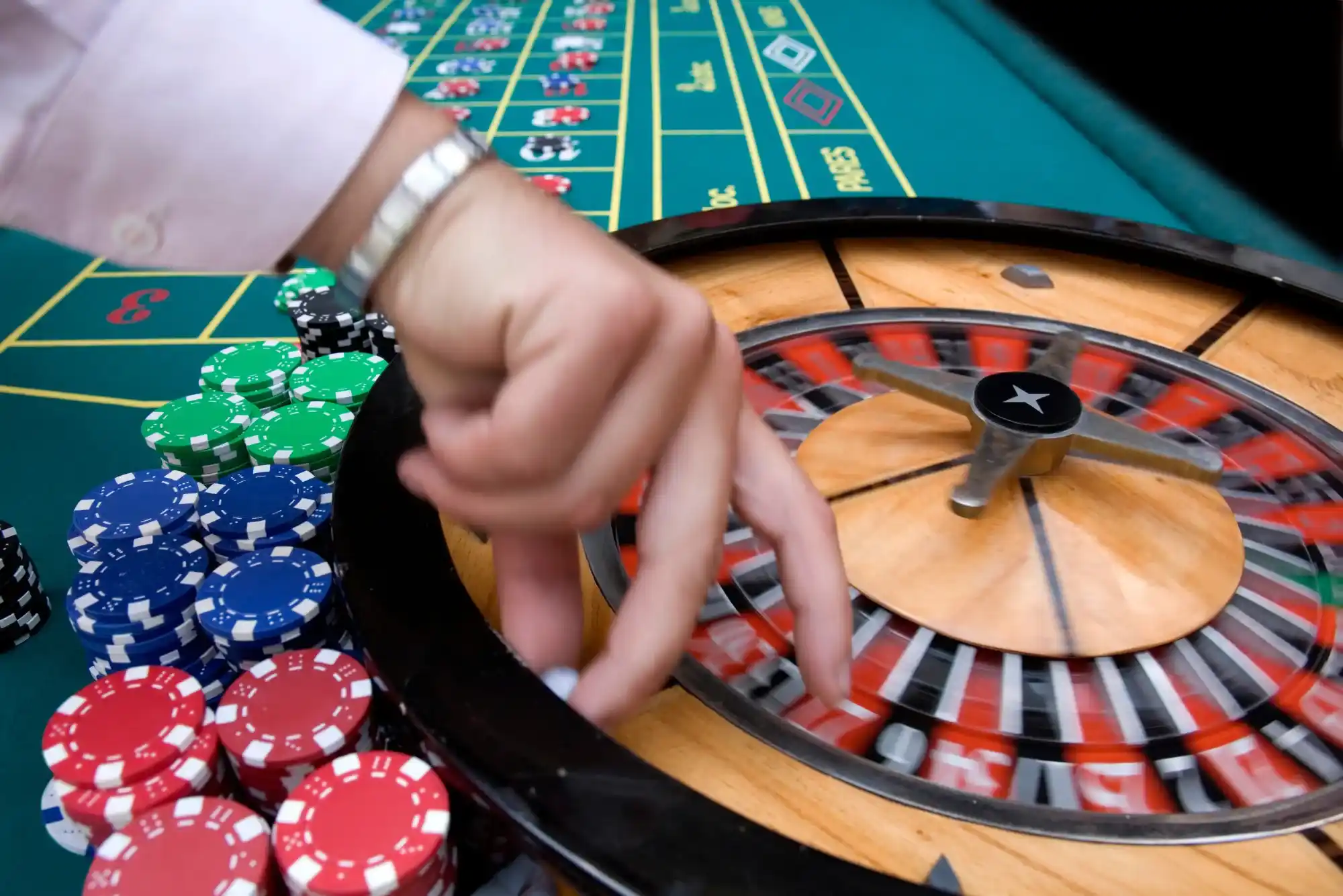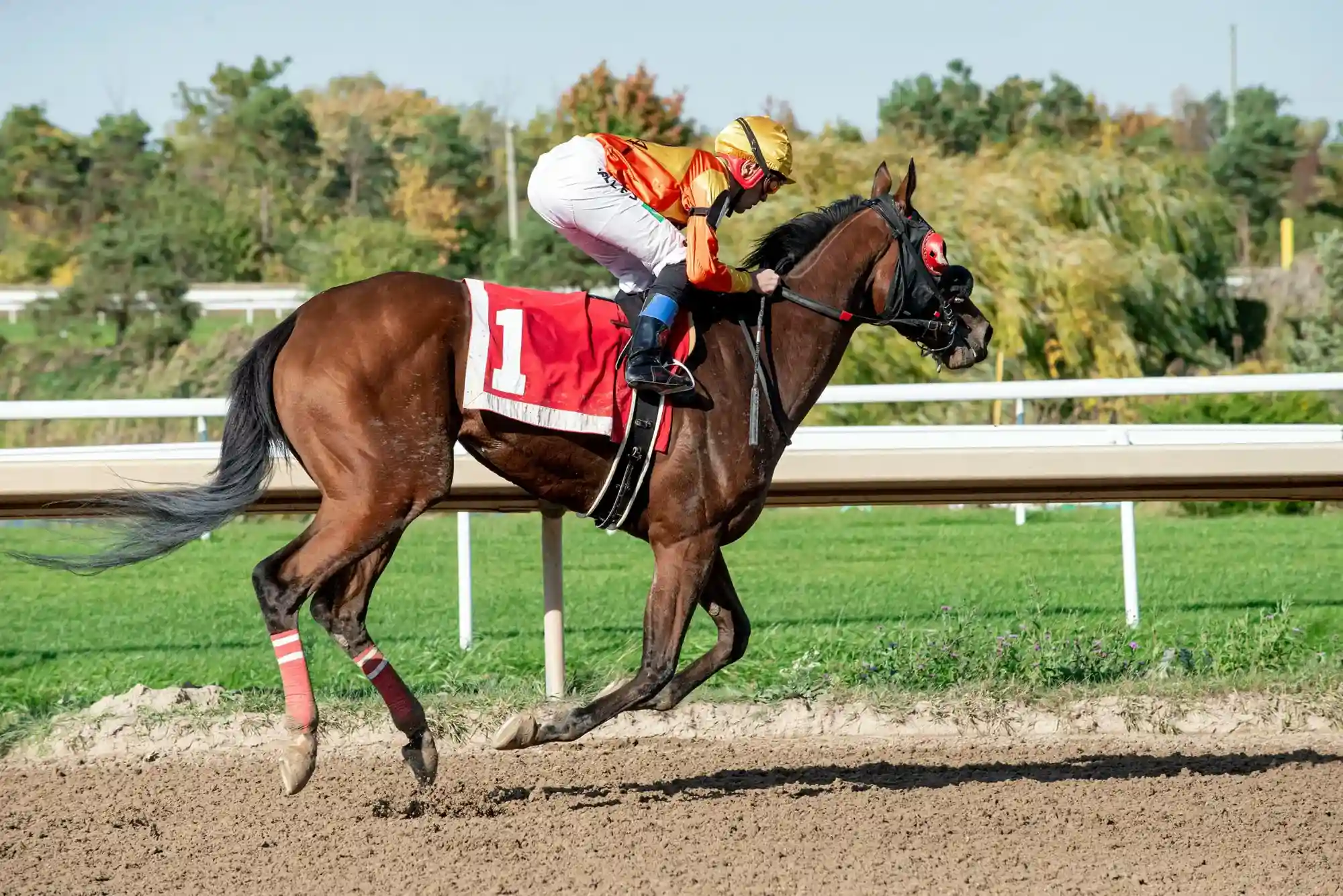If you’ve ever played an online slot game, you’ve probably seen a mix of flashy high-paying symbols and the more common low-paying ones—usually cards like 10, J, Q, K, and A. At first glance, it might seem like these low-paying symbols are just there to fill space. After all, the real excitement comes from big wins triggered by wilds, scatters, or jackpot icons, right? But here’s the twist—those seemingly insignificant low-paying symbols actually play a huge role in shaping your slot experience, including how long you play, how your bankroll behaves, and even your overall perception of the game.
As someone who’s been immersed in both online slots and sports betting for years, I’ve come to appreciate the subtle mechanics behind these games. Just like savvy punters rely on the Best Football Bookmakers to make the most of their bets, smart slot players pay attention to the little details—like low-paying symbols. Here’s why they matter more than you might think.
Building the Foundation of Slot Gameplay
Low-paying symbols are the backbone of most slot machines. These are the icons that appear most frequently on the reels, and while each individual win may not seem like much, their consistent presence provides a steady stream of small payouts. This frequency helps maintain player engagement and slows down your rate of loss. In essence, they act like a safety net, giving you small wins that let you spin longer and stretch your balance.
Without low-paying symbols, you’d end up with long dry spells waiting for those rare high-paying combos, which could make the game feel frustrating or unfair. Instead, those steady low-value wins keep the rhythm going, almost like passing the ball back and forth before scoring a goal—something any football fan will appreciate.
Bankroll Management and Player Psychology
Many people underestimate how crucial these low-tier symbols are for bankroll management. Think of it this way: you’re betting €1 per spin. If you only hit big wins every 50 or 100 spins, your funds might not last that long. But those smaller payouts—even just €0.20 or €0.50—replenish your bankroll, at least partially, and make the game feel more dynamic and rewarding.
From a psychological standpoint, these smaller wins act as positive reinforcement. When players see a win—even a small one—it lights up the same reward centers in the brain. It keeps them motivated and encourages them to continue playing. Slot developers know this, and it’s why these symbols are designed to land frequently.
In the same way that a football fan watches a game not just for the goals but also for the strategy, the close calls, and the drama—slot players appreciate the minor wins along the way. The Best Football Bookmakers also understand the importance of a full experience, offering options not just for outright wins but also for live betting, player stats, and prop bets. It’s all part of the immersive journey.
Volatility and the Role of Low-Paying Symbols
When we talk about slots, volatility is key. High-volatility slots have the potential for massive payouts, but they usually involve longer stretches without any wins. Low-volatility slots, on the other hand, provide smaller, more frequent wins—often thanks to low-paying symbols.
These symbols play a crucial role in balancing a game’s volatility. In low-volatility slots, they appear more frequently and often in ways that trigger frequent line hits. This means players feel like they’re getting consistent value for their wagers. High-volatility slots may still use low-paying symbols, but they’re often structured in a way where it takes more symbols or specific patterns to trigger payouts.
So, if you’re someone who prefers long sessions with steady action, paying attention to how the game handles its low-paying symbols is essential. Do they show up often? Do they pay well enough to make a difference? These are the kinds of questions experienced players ask—just like a seasoned sports bettor assesses odds, bonuses, and betting markets before placing a bet with one of the Best Football Bookmakers.
Game Design and Payout Structure
There’s also an artistry to how low-paying symbols are integrated into a game. Developers strategically place them to balance win frequency and payout potential. In many popular slots, you’ll notice that low-paying symbols dominate the first few reels, creating more opportunities for combinations. High-paying symbols, meanwhile, often appear less frequently but can deliver significant wins when they line up.
This design helps prevent long periods of inactivity, which is something players—and game designers—want to avoid. Think of it like a football match: while the goals are memorable, the passes, tackles, and plays in between keep the game alive and flowing. Without them, the match would be dull, and the same applies to slots. Without low-paying symbols, gameplay becomes too sparse and disjointed.
Some of the most well-designed slots even include bonus features that revolve around low-paying symbols. For instance, there are games where these symbols can transform into wilds or multiply payouts under certain conditions. When combined with a bonus round or a free spins feature, even the humble “10” or “J” can become part of a substantial win.
Low-Paying Symbols in Progressive Jackpot Games
Progressive slots are famous for their life-changing jackpots. But players often forget that these games also need to keep people spinning to build those massive prize pools. Enter low-paying symbols.
They’re especially critical in these games because they maintain interest and flow between those rare jackpot wins. While chasing the top prize, players benefit from the frequent small wins offered by low-paying icons. This, again, extends gameplay, which not only benefits the player but also helps feed the progressive pot.
It’s not unlike betting on a football match with long odds. While you might dream of that massive parlay win, smart bettors also place safer, lower-risk bets to keep their bankroll going. The Best Football Bookmakers know this too, often providing tools like bet builders, odds boosts, and cash-out options that cater to both high-risk and low-risk strategies.
What Can Slot Players Learn from Sports Betting?
There’s a strong parallel between understanding low-paying symbols and reading odds in football betting. In both cases, it’s not just about the big wins. It’s about identifying value in the small stuff and using that knowledge to play smarter and longer.
Just as serious punters compare stats, team form, and odds from various Best Football Bookmakers before placing a bet, slot players should also take the time to study a game’s paytable. Check how often low-paying symbols appear, what the return-to-player (RTP) percentage is, and how volatility is balanced.
A well-informed player doesn’t just chase jackpots—they understand the rhythm of the game. And that rhythm is often set by low-paying symbols.
Final Thoughts: Every Symbol Has a Purpose
The next time you spin the reels, don’t overlook those low-paying symbols. They might not seem exciting, but they’re doing important work behind the scenes. From extending your gameplay and managing your bankroll to shaping the entire feel of the slot, these modest icons are the unsung heroes of the casino world.
Much like how a football team relies on its defenders and midfielders—not just star strikers—to win matches, a well-designed slot needs every element to function smoothly. And just as the Best Football Bookmakers give punters tools to make smart, strategic bets, a good slot game provides players with a carefully balanced symbol system that keeps things fair, fun, and rewarding.
Whether you’re spinning the reels or placing a bet on your favorite football team, the game within the game is where the real value lies. And understanding the role of low-paying symbols might just be your next step toward smarter, more enjoyable gameplay.








